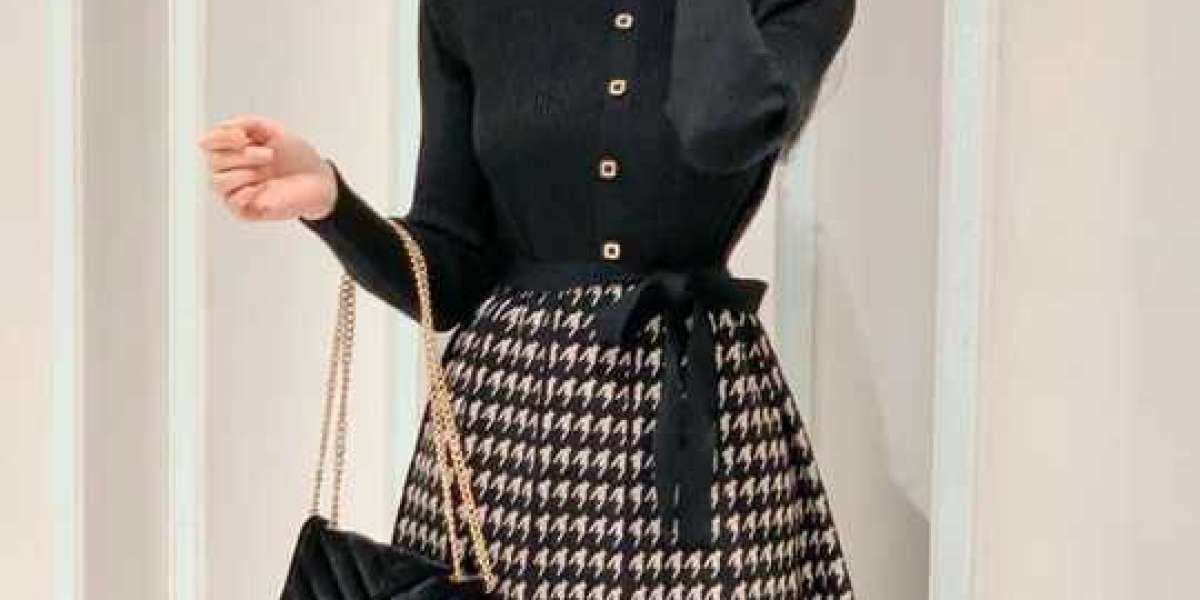Dark Academia is more than just a fashion trend or a social media aesthetic—it is a cultural movement deeply rooted in intellectualism, classic literature, romanticized education, and a fascination with the melancholic beauty of life and death. Emerging from the depths of online platforms like Tumblr and later flourishing on TikTok and Instagram, Dark Academia has captured the imaginations of young adults and creatives worldwide. Its allure lies not in flashy modernity but in its nostalgic admiration of the past: candlelit libraries, handwritten letters, ancient universities, and the quiet, brooding passion for knowledge.
The Origins and Philosophy of Dark Academia
The Dark Academia is largely influenced by European classical education, Victorian and Gothic literature, and the aesthetics of old universities like Oxford and Cambridge. At its heart, this subculture romanticizes the pursuit of wisdom, self-discovery, and artistic expression. The idea of learning for the sake of enlightenment rather than for economic gain forms the philosophical backbone of this aesthetic.
It draws heavily from literary works such as “The Secret History” by Donna Tartt, which explores themes of beauty, tragedy, and classical study. Greek mythology, existential philosophy, and poetry from the Romantic and Gothic eras further enrich the ethos of Dark Academia. The core values of this subculture revolve around introspection, the celebration of intellect, and an acceptance of the dark and complex emotions often excluded from mainstream life.
Aesthetic Elements of Dark Academia Fashion
The fashion of Dark Academia reflects a timeless and scholarly style. Think wool blazers, turtlenecks, pleated skirts, trench coats, loafers, and muted earthy tones like beige, black, forest green, and burgundy. It’s a blend of prep-school uniform with a touch of Gothic elegance. Clothes in this aesthetic suggest a character who spends hours buried in books at the library, writing in worn journals, or walking through foggy courtyards in autumn.
Textures like tweed, corduroy, and wool are favored for their vintage and intellectual vibe. Accessories such as round glasses, leather satchels, fountain pens, and vintage watches enhance the academic feel. This fashion isn’t about modern trends; it's about timelessness and creating a persona of a well-read, thoughtful scholar.
Literature and Art That Define the Genre
Literature is the soul of Dark Academia. Readers and followers of the aesthetic are drawn to classical works by authors like Oscar Wilde, Lord Byron, Emily Brontë, Fyodor Dostoevsky, and Mary Shelley. Modern works that echo similar themes, such as “If We Were Villains” by M.L. Rio or “Dead Poets Society,” also hold great significance within this subculture.
In addition to literature, Dark Academia values classical art, music, and philosophy. Paintings by Caravaggio or John William Waterhouse, along with Baroque or Classical music by composers like Chopin, Liszt, and Beethoven, set the ambiance. Even the philosophical musings of Nietzsche, Camus, or Kierkegaard find a place in the discussions surrounding the aesthetic, as they explore themes of mortality, existence, and moral complexity.
Romanticizing Academia and the Love of Learning
At its core, Dark Academia glorifies an idealized version of academic life. It imagines long nights of reading ancient texts by candlelight, sipping coffee while annotating poetry, or engaging in late-night discussions about existentialism and art. While this image may not align with modern educational systems, the aesthetic encourages people to find joy in learning and to develop a deep, personal relationship with knowledge.
This romanticized vision also highlights the value of curiosity and creativity. Followers are often writers, painters, poets, and thinkers who find solace in quiet moments of introspection and who believe that learning should be driven by passion rather than pressure.
Mental Health and the Melancholy of the Aesthetic
One cannot discuss Dark Academia without acknowledging the melancholic undertones that permeate it. The aesthetic often embraces sorrow, nostalgia, and the complexity of human emotion. Images of rain-slicked streets, decaying books, and quiet solitude reflect a longing for something deeper than surface-level engagement.
This emotional depth is part of the aesthetic’s appeal, especially for those who feel out of step with the fast-paced, hyper-digital modern world. However, it’s important to differentiate between romantic melancholy and glorifying unhealthy mental states. Healthy reflection, balanced by real-world support and perspective, is key to engaging with Dark Academia responsibly.
Dark Academia in the Digital Age
Despite its reverence for the past, Dark Academia thrives in digital spaces. Social media platforms like TikTok, Pinterest, and YouTube have become hubs for sharing book recommendations, aesthetic inspiration, and deep philosophical musings. These platforms allow users to create and participate in virtual communities that value authenticity, artistic depth, and intellectual passion.
The community also emphasizes creating physical experiences that echo the aesthetic. Visiting museums, writing in physical journals, attending book clubs, and exploring old bookstores or libraries are encouraged ways to live out the lifestyle offline. Through these experiences, Dark Academia becomes a bridge between the digital and physical worlds, blending timeless values with modern expression.
Conclusion: A Modern Ode to the Past
Dark Academia continues to enchant those who seek meaning in the written word, who find comfort in quiet solitude, and who desire a life steeped in beauty, intellect, and authenticity. It is not merely an aesthetic but a worldview that invites one to slow down, reflect, and engage deeply with the world through art, literature, and introspection. As a response to an often chaotic and superficial modern society.



